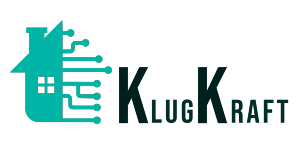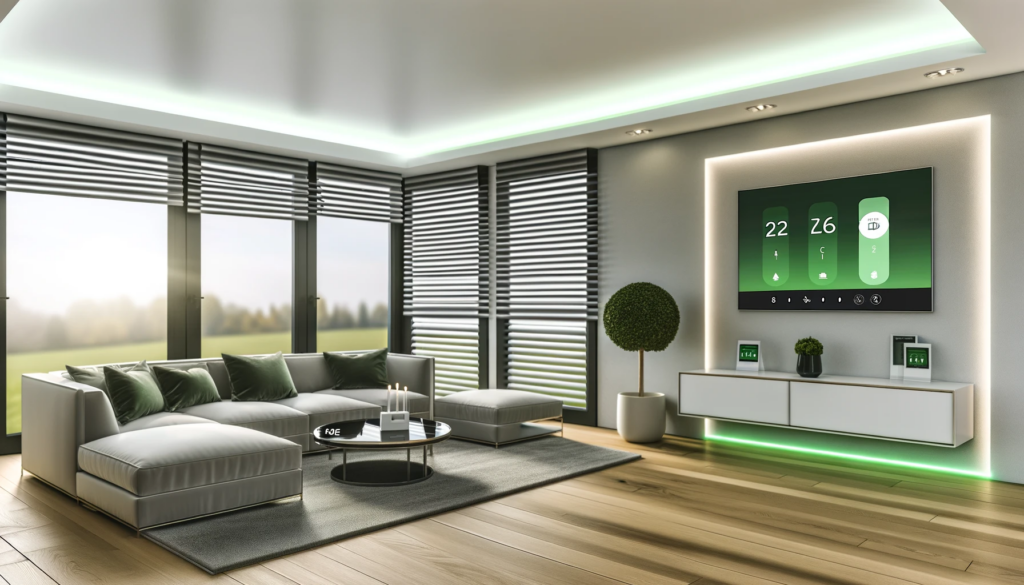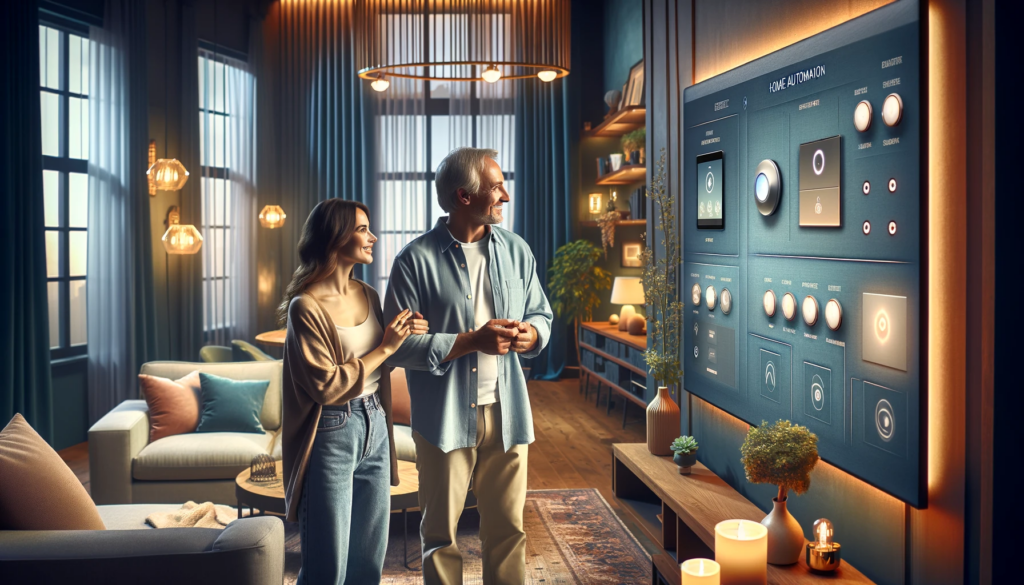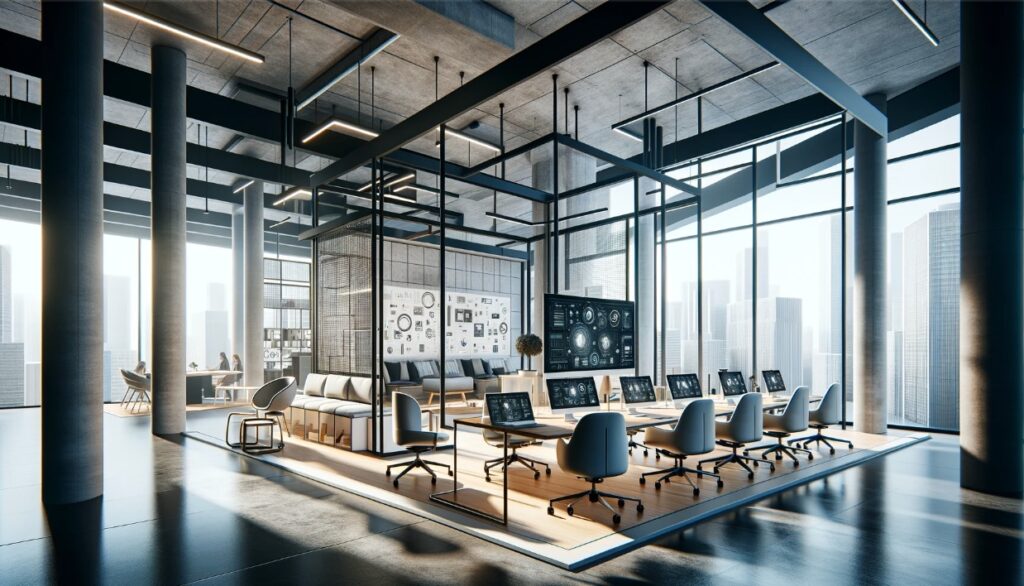Interior designers are uniquely positioned to incorporate energy efficiency into their projects. Not just through traditional means like material selection and spatial design. But also by integrating advanced home automation systems. Energy-savvy interior designers can contribute to a sustainable future by making homes more energy-efficient through smart technology.
Emphasizing Smart Lighting Solutions
One of the most impactful ways interior designers can promote energy efficiency is through the use of smart lighting systems. These systems can automatically adjust the brightness based on the time of day and presence of natural light, or the presence of people in the room. Thereby reducing energy consumption significantly.
Integrating Smart Thermostats
Smart thermostats go beyond simple temperature adjustments; they learn the homeowner’s schedule and adjust the heating and cooling systems accordingly. Interior designers can integrate these devices into their projects to help maintain optimal comfort with energy efficiency.
Utilizing Automated Window Treatments
You can program automated window treatments such as blinds or curtains to open and close based on sunlight and temperature. Helping to regulate a home’s internal temperature more effectively.
Designing for Optimal Sensor Placement
The effectiveness of home automation systems often depends on the placement of sensors and controllers. Designers need to understand the best locations for these devices to ensure they operate efficiently. This includes placing temperature sensors away from heat sources and ensuring that motion sensors cover the necessary areas without being obstructed.
Promoting Integration and Compatibility
To ensure that all smart systems work harmoniously, interior designers must promote the use of compatible devices with the help of technology partners. That can be easily integrated into a central home automation hub. This simplifies the control of various systems, enhancing the overall energy efficiency and ease of use for the homeowner.
KlugKraft is the premier online destination for system integrators and interior designers to showcase their home & office automation products. This platform is meticulously crafted to highlight the synergy between innovative technology and elegant design. Providing a comprehensive portfolio space for professionals. KlugKraft allows experts to display their latest smart home technologies, from intuitive lighting solutions to sophisticated security systems, all designed to enhance modern living. By offering a dynamic and interactive showcase, KlugKraft not only connects these professionals with potential clients but also sets a new standard in the integration of technology and design in home automation, ensuring every space is as functional as it is visually stunning. KlugKraft (a unit of Smart Group)





